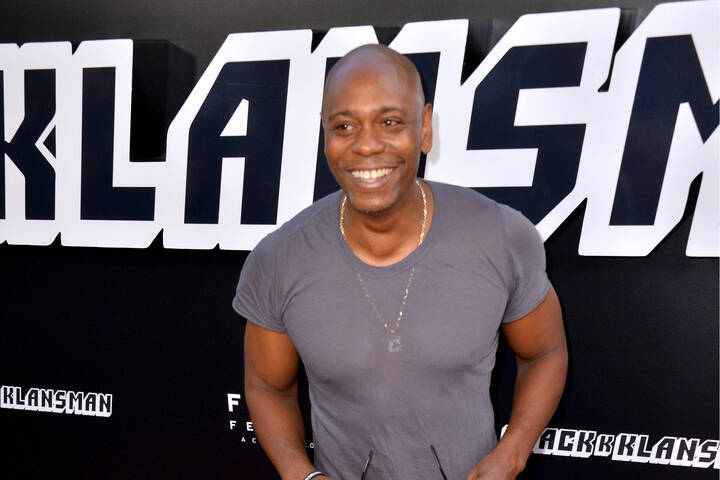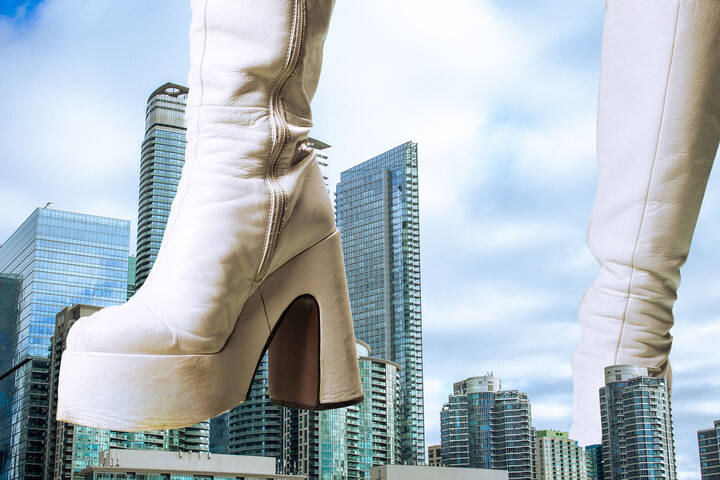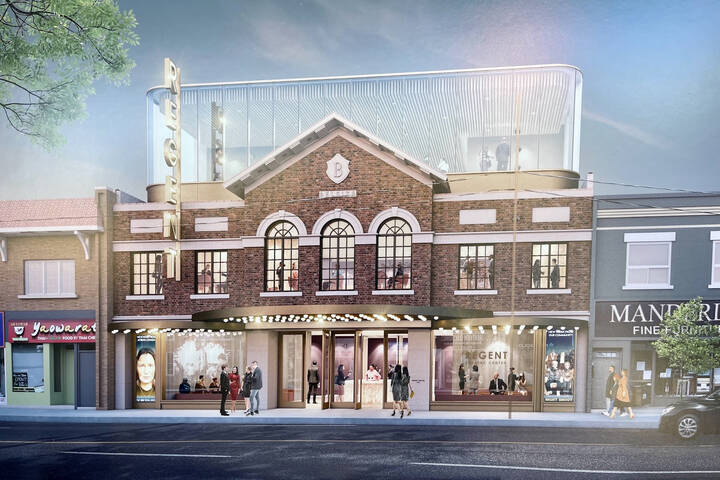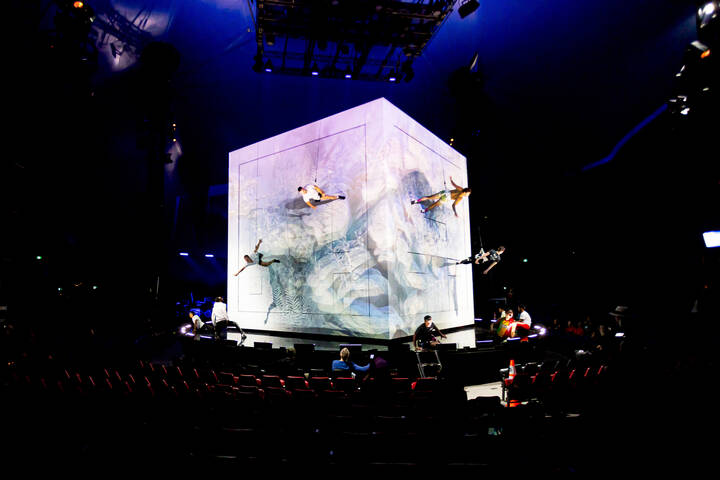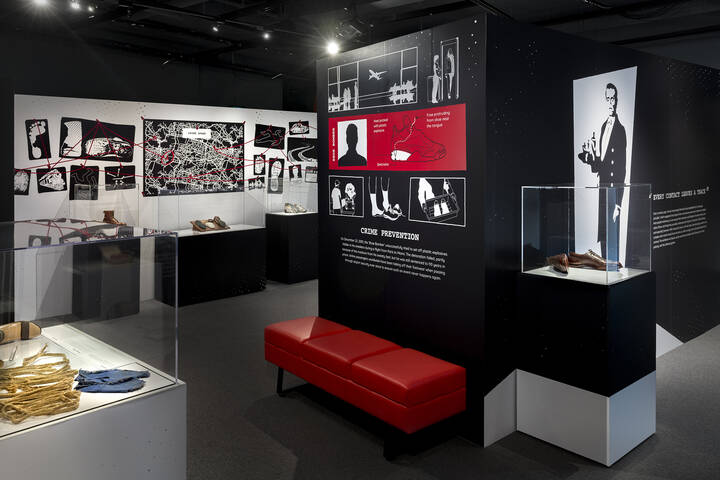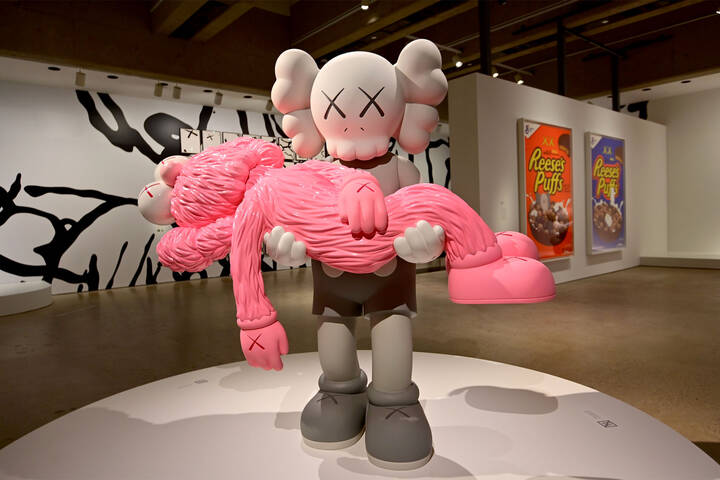
Toronto photographer explores hidden depths below the city
From your sink to your shower and toilet, water plays an integral part in sustaining everyday life. Despite its necessity, most Toronto residents remain blissfully unaware of the vast and complex system that operates beneath the streets to keep the city's thirst quenched.
In hopes of demystifying the city's water infrastructure, one Toronto photographer recently embarked on a project to document the path of water from her home in North York all the way to Lake Ontario and back, visiting multiple water treatment plants and tunnels along the way.
Iranian-Armenian photographer Katrin Faridani (@faridanifoto) recently completed her Master of Fine Arts in Documentary Media at Toronto Metropolitan University, where she worked on her project titled "Interconnected."
Faridani says the project is a visual exploration of the Toronto wastewater system and explores our connections to drinking water and Lake Ontario, all while examining the consequences of urbanization and potential solutions for better water management in the GTA.

Ashbridges Bay Treatment Plant pool. Photo: Katrin Faridani.
Taking a representational approach, she followed the path of water from home to the lake, including documenting parts of the Don River watershed, Ashbridges Bay Treatment Plant, the Island, and the R.C. Harris Water Treatment Plant to show the full cycle of water.
In 2019, after moving to North York, Faridani told blogTO that she noticed a scent in her home's tap water which resulted in further investigation.
After dealing with the City of Toronto water department and their procedures, the photographer says she was intrigued by the levels of water management in Toronto and how extensive the city's water infrastructure is.

Aerial shot of the Coxwell Bypass Tunnel. Photo: Katrin Faridani.
"It's something that we really rely on, and we never really think about. It's a buried infrastructure that we couldn't live without. Most of us don't really know what's happening under our houses, under our feet," Faridani explained.
Following this interest, she reached out to several Facebook groups to see if anyone had connections to workers at Toronto Water. Luckily, one of her clients connected her with a former employee, who then provided her with a list of people she could reach out to.
"I basically picked up the phone and I called Gordon at R.C. Harris. I said, 'This is my project, I'm legit, my professor can give you a letter saying, I'm not going to come and poison the Toronto water supply.' And to my surprise, he said, 'Absolutely this sounds great, when do you want to come?" Faridani told blogTO.

Turbine room at R.C. Harris Water Treatment Plant. Photo: Katrin Faridani.
Through mutual connections, she was able able to connect with the head of project management at Toronto Water, and asked her if she could photograph the Coxwell Bypass Tunnel.
"She said I don't know if I could take you in because there's an engineering company, there's proprietary material there, they wouldn't want you to photograph. I said, "Well, why don't you take me in as a subcontractor, and I'll share my images with you?' And she said, 'That I think I can do,'" Faridani explained.
"I felt like it was Christmas morning. I went down that tunnel, and I saw this 16 of the 22 kilometres of the Coxwell Bypass Tunnel had been completed at that point. I was able to spend about 15 to 20 minutes photographing at the base of the shaft."

Coxwell Bypass Tunnel. Photo: Katrin Faridani.
Throughout her project, Faridani says she became interested in the health aspect of water management, as well as what average citizens could do to minimize the runoff from their own properties.
Her project's Low Impact Development solutions show residents that rainwater can be used and run-off can be reduced to take the stress off the water system and lower water consumption in general.
"If you look at Dundas, Ontario, and the Hamilton region, they have financial incentives for people to put things such as rain gardens in their homes, whereas the Greater Toronto Area doesn't have that. And why shouldn't we have that?" she said.

The process of building a rain garden. Photo: Katrin Faridani.
"I thought to myself, why wouldn't I use this project, not only to educate people to say, if you have a rain barrel in your garden, you're actually keeping this much runoff from going into the system. It's the smallest thing you can do."
Faridani says she's also in the process of turning the project into a video that could educate policymakers. She also has plans to photograph the west side of Toronto including the Humber River watershed.
"As a result of this project, I have a mental image when I flush my toilet or when I'm in the shower, where my water is travelling and how it ends up back into Lake Ontario," Faridani told blogTO.
"I've become quite the water geek. Nobody can buy bottled water in my home," she laughed. "That's a no-no."
Katrin Faridani at the Coxwell Bypass Tunnel
Latest Videos
Latest Videos
Join the conversation Load comments

